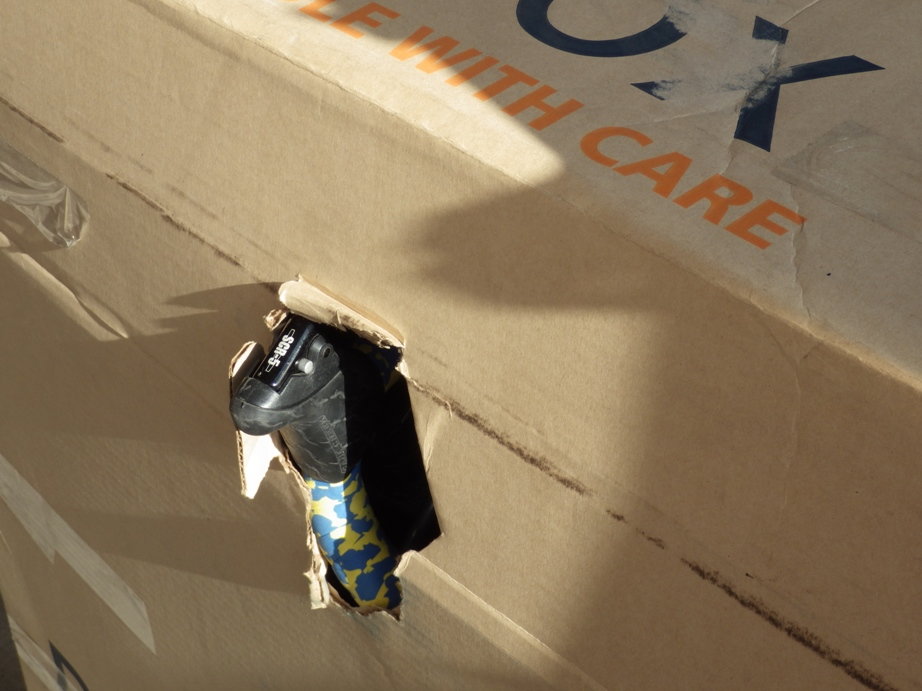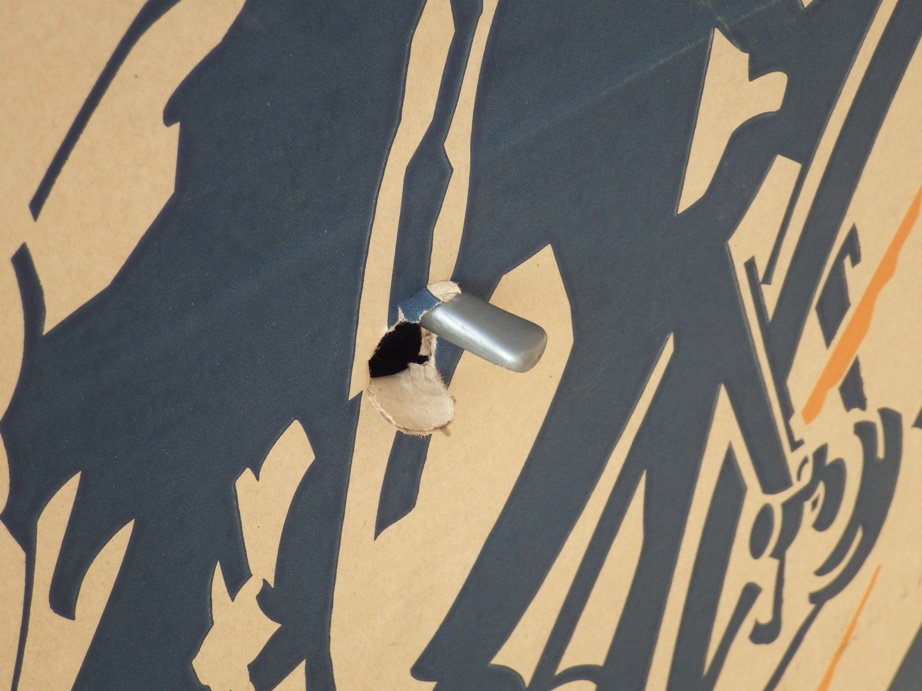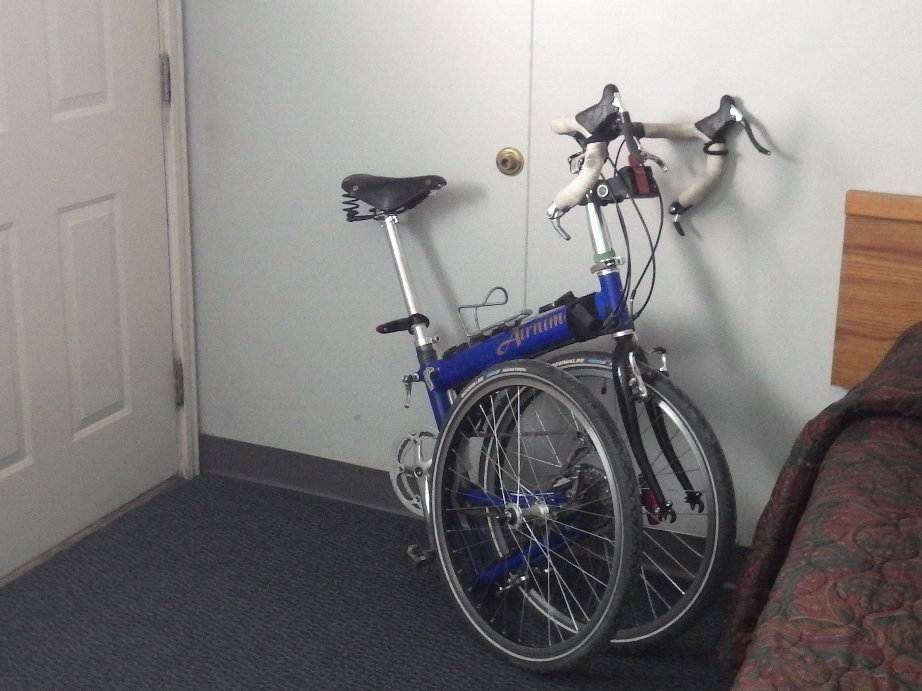I do not know what a Bilenky coupling is. I thought that the only coupled bikes used S&S couplings or the Ritchey Breakaway system. I was unaware that there was a third coupling system out there. I have both an S&S bike and also a bike that uses the Ritchey system. Both would take only a few more minutes to pack than what you describe for a Rinko bike. The S&S couplings or the Ritchey coupling that hold the frame together are fast to uncouple.
But if I was traveling on Amtrak again, I would rather just use the baggage car, as disassembling a bike that much is rather time consuming.
If you really want to pursue this, I suggest you send them an e-mail that clearly states that your bike in the bag would be XX inches long, YY inches high and ZZ inches thick which is within their folding size criteria. If you could explain why removing the fork is comparable to folding a bike, that may strengthen your argument. And explain that being in a bag, the chance that the bike could damage any other customers bags is greatly diminished compared to an unbagged folding bike, etc. If they say yes, keep the e-mail as that would be your insurance policy later - print off spare copies.
My seven Amtrak trips with a bike were in the days when only boxed bikes were acceptable on the baggage car, except the one I mentioned in Missouri when our bikes consumed a couple passenger seats. I have not been on Amtrak since they installed bike racks in the baggage cars.
That said it is my understanding that when you use the racks in the baggage car, you hand your bike to the Amtrak employee at the baggage car. And later you go to the baggage car to retrieve it. Thus, not a lot of handlling by Amtrak. I could be wrong on that, perhaps someone will say if I am right or wrong.
Amtrak employees have been a bit rough on bikes in boxes in the past, I got a few holes in boxes but nothing was actually damaged, as you can see in the photos.

Above, brake lever. Below, a bar end shifter.

I have not carried my folding bike on Amtrak (photo of bike folded below). I can collapse the seatpost more and disconnect the stem riser, but for storing my bike in the motel room where I took the photo I did not bother to make it more compact.
I considered using the folding bike this coming summer on a trip on a train where there is no baggage car, thus the folding bike would be the only option. But, in the end I decided instead to fly, I will be taking my S&S coupled bike on the plane with me. It is to a foreign country so I need to take the bike with me instead of shipping it.

When Amtrak added bike racks to the baggage cars, they stopped accepting tandem bikes. My point here is that if Amtrak is pushed, they might respond in a way that causes more losers than winners.
One more option you might want to consider if you are traveling domestically (not foreign), BikeFlights.com is very affordable for shipping a bike. Costs more than Amtrak but far less than airlines. I have not used BikeFlights, but friends of my have and have had very good luck with them.